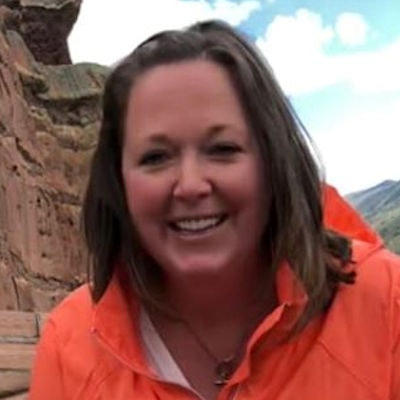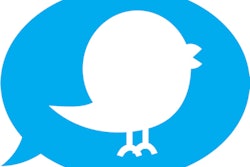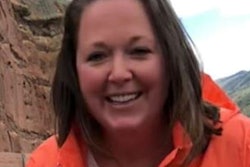
Hashtags became popular in 2007 when Twitter decided to give the pound sign a promotion. Today, hashtags are more popular and productive than ever and show no signs of slowing down. If you have been spending time and energy trying to build an online community through Facebook and Instagram, now is the time to figure out a hashtag strategy that can help you get the best results.
 Katie Hess, RDH.
Katie Hess, RDH.Hashtags can lead to greater engagement through likes, comments, shares, and new followers. Hashtags are also a way to streamline, sort, and easily find content on Instagram.
They can also help your target audience find you. If you were trying to find a dentist in a new town, what hashtag would you search? It would likely be the name of your town and dentist, such as #(your city) dentist. Try it. Who shows up? Is it your competition?
If you were interested in a smile makeover, what keyword would you search? Try it! Search #smilemakeover, and you will find videos, photos, blogs, etc. There is a huge amount of smile makeover content cataloged and easily searchable thanks to a hashtag.
Where to start with your hashtag strategy
Start by creating a brand hashtag. Mine is the name of my business, #allthedentalthings. Every time I post content, I add this hashtag. If someone were interested in working with me, they could easily search my hashtag and find a great deal of information. This can be extremely beneficial for dental offices as well.
For dental practices, including hashtags with geographic information will likely be most beneficial. I would include your city in a few different ways to attempt to show up in different searches, such as #detroitdentist, #dentistdetroit, #detroitmidentist, and #bestdentistindetroit. Although these hashtags might not exist or have very low use in your town, I would recommend using them anyway. These serve as a locator tool for potential patients, and this is one hashtag where the fewer people using it, the better.
Create a few different hashtag lists that you can easily copy and paste into your posts. You want the hashtags to be relevant to the content that you are posting, so typically one list won't work for all your posts. It is possible for people to report your hashtag if they feel it isn't relevant, and your account can be suspended if it is reported more than once.
How to find the right hashtags
I typically research and find my hashtags while posting on Instagram. The image below shows the list that Instagram generates when you # and add a word. The numbers next to the words show how many times that word has been hashtagged.
 Image courtesy of Katie Hess, RDH.
Image courtesy of Katie Hess, RDH.Another way to research hashtags is to look at the hashtags your competitors and dental influencers are using.
There are also plenty of websites that offer hashtag help for a fee.
Where to place your hashtags
You can place your hashtags in your caption, or if you prefer to keep your captions looking clean, you can post them in the first comment. Instagram's algorithm is time-sensitive, though, meaning it looks at engagement from the second your image is posted, so you'll want to add your hashtag comment immediately to create engagement fast. A third option is to use styling (periods and line breaks) to hide your hashtags below the "more" button.
How many hashtags to use
Currently, it seems that one to two hashtags on Facebook and five to 20 on Instagram are solid guidelines. These recommendations change frequently as algorithms change.
Although creating your hashtag strategy will take a little time and research to get the best results, the outcome of greater reach, searchability, and engagement will be worth it in the long run.
#happyhashtagging
Katie Hess is a dental hygienist who has written the All The Dental Things blog since 2011. She currently works virtually with dental offices to improve their communication and relationships with patients and team members through social media, newsletters, and reviews.
The comments and observations expressed herein do not necessarily reflect the opinions of DrBicuspid.com, nor should they be construed as an endorsement or admonishment of any particular idea, vendor, or organization.



















